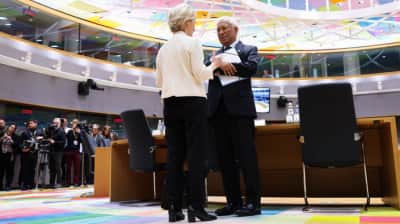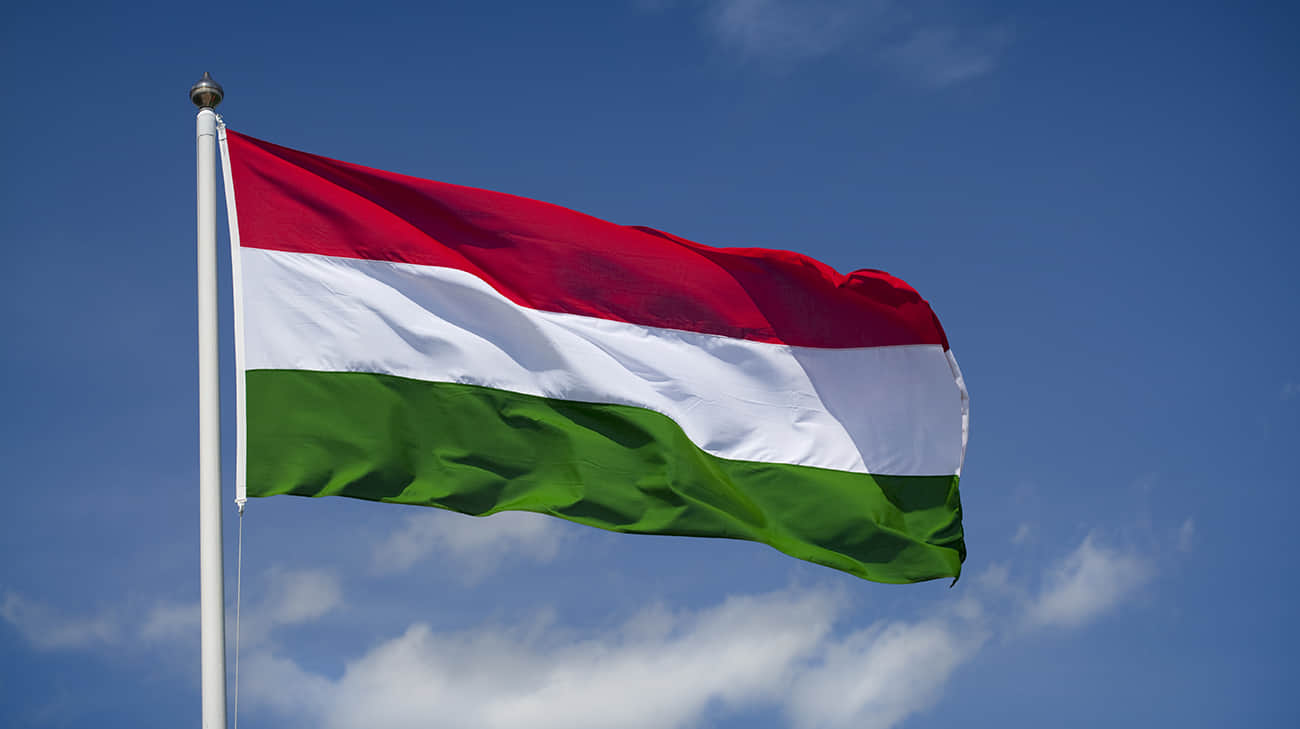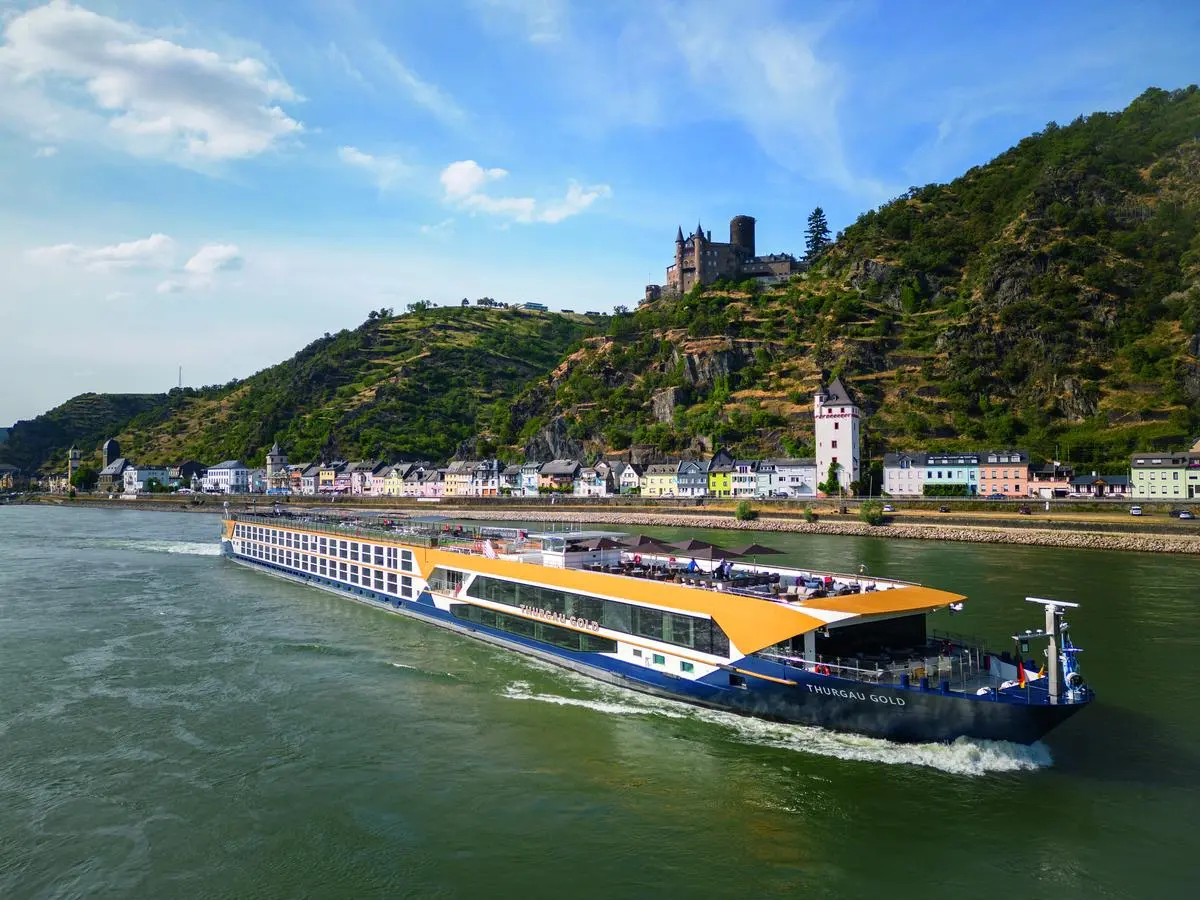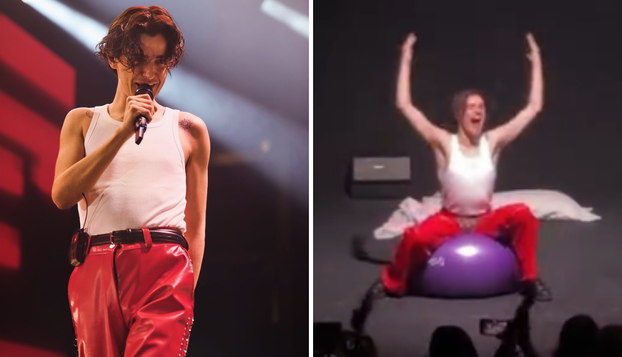Questions for 300 billion: how Ukraine and the EU should act on frozen assets of the Russian Federation

European countries stopped Discussion on the confiscation of immovable Russian assets. DW writes about it, but it is allegedly confirmed from official sources.
In particular, in communique According to the results of the EU summit on March 20 it is said that « Russian assets must remain immobilized Until Russia stops aggression against Ukraine and compensates for the losses caused by this war. «
Have EU leaders finally rejected the confiscation of assets of the Central Bank of the Russian Federation? Will the EU be able to maintain assets immobilization and will the aggressor pay compensation at all?
A brief answer is: communica’s language is unchanged from October 2024the eye and does not reflect the last dynamics.
That is, this does not mean that the issue of confiscation is truly removed from the EU agenda. But it does not mean that the immobilization of assets is guaranteed by the moment of payment of compensation by Russia.
Moreover, much depends on the firmness of Ukraine’s position. In negotiations, Russia presses on the US to avoid justice. The text of the United States to meet Russia may be evidenced by the text of the UN Council resolution, which Does not call Russia-aggressor, and Entrance from the International Center for Pursuing Aggression against Ukraine.
Compensation for losses is part of the restoration of justice.
Just like a special tribunal for Russian aggression and the prosecution of Russian military criminals. Ukraine and Europe cannot allow this to donate, because it is the basis of long peace.
It is important that during the EU summit President of Ukraine Volodymyr Zelenskyy He stressed The need to maintain sanction pressure on Russia until it completely compensates for all the losses caused by the war, and stressed that sanctions should act until Russian troops leave the Ukrainian territory.
It is necessary to emphasize the protection of assets separately, and it is time for European partners to remind: if they want to sit at the negotiating table, not to be, as the Russians say, « In the menu« , the confiscation of assets for Ukraine will significantly strengthen their position and subjectivity.
Plan minimum: to protect assets from returning to
In Europe, the largest part of $ 300 billion of immobilized Russian assets is concentrated – more than 200 billion euros, of which 183 billion euros – in the Belgian Depository of Securities of the EuroClear.
In fact, the future of these assets is now at a crossroads. European partners can take a decisive step and use these funds to support Ukraine and their own defense, or delay, losing the tool to force Russia to pay, in fact, also investing in a Russian military machine.
Robert Fitzo Prime Minister statedthat his country will not support the continuation of sanctions if it interferes with the process of peaceful settlement. Similar statements before He also sounded from the Hungarian leader Victor Orban.
It is important that all the sanctions decisions of the EU Council are subject to regular review and unanimous extension every half. In this case, the next revision of the sanctions will take place in July.
According to media reportsduring the negotiations with the American side in Riyadh in February, the Russians had already raised the issue of returning about $ 6 billion of assets of the Russian Central Bank.
Also in the US are discussing the idea of dividing $ 300 billion between Ukraine and Russia, and Moscow seems to even promise to use these funds for « Reconstruction » of the occupied territories.
If US President Donald Trump agrees to use the assets of the Central Bank of Russia as a tool of trade, Orban and Fitzo can lift EU sanctions in July this year.
Understanding this threat, European diplomats are actively looking for ways to protect.
However, if the Ukrainian side under pressure agrees to the weakening of sanctions and the return of Russia or all assets, these funds – as well as the chance for fair compensation for the damage caused, will be lost irreversibly.
The consequences of Russia’s return of immovable assets will be catastrophic both in the short -term and in the long run – and not only for Ukraine.
Each returned dollar or euro will be a resource for the production of missiles and shells that Russia will use to expand its aggression.
Moreover, at the end of last year, the Seven Group has decided to issue loans to Ukraine under the program Era Loan The US and the EU were provided by almost $ 20 billion for $ 50 billion, and the rest of $ 10 billion was distributed by the United Kingdom, Canada and Japan.
These loans should extinguish future profits for immobilized assets. If the assets return to Russia, these loans will never be repaid.
That is why the task is to protect frozen assets today from the return of their Russia.
Three « problematic » countries
In Europe, basic efforts need to focus in France, Germany and Belgium.
The issue of asset confiscation cannot be finally withdrawn from the agenda, since the new coalition in Germany is still being formed, and in French society, there has been a discussion about who should pay for peace.
The position of the winner of the German election of the CDU on confiscation has not yet been formed. At the same time, Lars Klingbail, a new Social Democratic Party leader in the Bundestag, which will enter the junior partner in the next coalition, previously spoken in support of confiscation, Having declared: « Frozen Russian assets must also be used to purchase weapons for Ukraine. »
However, Chancellor Olaf Scholtz was categorically opposed to such a step, but his voice is no longer decisive in the party.
At the same time, France has been in a significant budget deficit and is actively looking for additional funds to finance its own defense.
Former Prime Minister and close associate of President Emmanuel Macron Gabriel Attal supported The use of Russian assets to support Ukraine, as it will reduce financial pressure on European taxpayers and at the same time weaken Russia’s financing.
« I think we need to look at France’s position on immobilized Russian assets. I understand the concern of some people, but the situation has changed. The threat has come to a new level, » Atral said.
And on March 12, the French National Assembly adopted a resolution calling for immobilized assets for Ukraine.
Belgium’s position remains a big barrier.
Recently, their prime minister has taken out the injection of fear to a new level, stating that confiscation can become « Act of War ».
This is not true, we have previously explored deeply different risks of confiscation and deny fears like « this illegally« , » It’s will destroy financial system « , »International courts all cancel « or » Russia will pay off confiscation of private assets. «
The confiscated assets of the Russian Central Bank will be credited to compensation for losses to Ukraine, the amount of which in three years of a full -scale invasion is already exceeds $ 500 billion, in fact, in today’s context, it is perhaps the only chance of Ukrainians to compensate and restore justice.
Belgium is now earning on immobilized assets. Whereas other countries help Ukraine with their own resources, in 2024 the Belgium Fund for Ukraine for the amount EUR 1.7 billion It was 100% filled with taxes that the country received from Europeanar for extraordinary income for Russian assets.
In 2022-2023, more than half of such revenues left Belgium.
Use the scales even more efficient
The EuroClear securities depository immobilized Russian assets worth € 183 billion.
In 2024, the EU decided to direct extraordinary profits from these assets to the needs of Ukraine. However, under the pressure of Belgium, the EU agreed to leave EUROCLEAR EUR 3.85 billion earned in 2022-2023 to cover the risks related to sanctions.
But this was not enough for EuroClear, so the EU allowed them to continue to leave to protect against risks up to 10% of profits annually.
Extraordinary income for 2024 in the amount of 3.55 billion euros was aimed at the purchase of weapons for Ukraine, and since this year they will repay Era Loan.
Moreover, Euroclear has neither a mandate nor will to actively manage these funds to maximize profits. After most securities, which in 2022 were imbued with Russian assets in Euroclear, were repaid and converted into cash, these assets are mainly stored on deposits, generating minimum income.
In fact, even now, it is possible to receive more income through reinvestment in more risky and revenue assets.
Earlier British Investbankir Timoti Ash wrotethat the asset portfolio in developing markets can provide a profitability of 10%. However, Europear will not do this, so Europe actually loses its resource because of unrealized potential.
We proposed Model of Russian assets management for Ukraine in the new development bank according to the German KFW model after World War II.
Russian assets are already working on the safety of the country and Europe, but they can do it much more efficiently.
For example, from the income for 2024 the French government received two tranches on 300 and 195 Million euros for the purchase of weapons for Ukraine from their manufacturers: Caesar howitzer155 mm artillery shellsBomb for Miraage 2000 and more.
French manufacturers of weapons, like German or British, should understand that they directly benefit from the active management of the assets of the Russian Central Bank and from their complete confiscation, because they will receive much more long -term orders for Ukraine.
The Ukrainian position on the future immobilized assets of the Central Labor Central Committee should be clear and non -capacity: the return of these assets of Russia would mean not only the financing of further wars of aggression, but also undergoing confidence in the EU – as a geopolitical player, which is made by others.
Instead, the maximization of profits and the confiscation of these funds is not only justice for Ukraine, but also investment in European security.
The time of illusions has passed: either this money will work for a long peace in Europe, or they will finance Russian aggression. Is the choice so complicated?
Author: Elena Galushka,
CPC board member, co -founder of the International Center for Ukrainian Victory
If you notice an error, select the required text and press Ctrl + Enter to inform the editorial staff.







